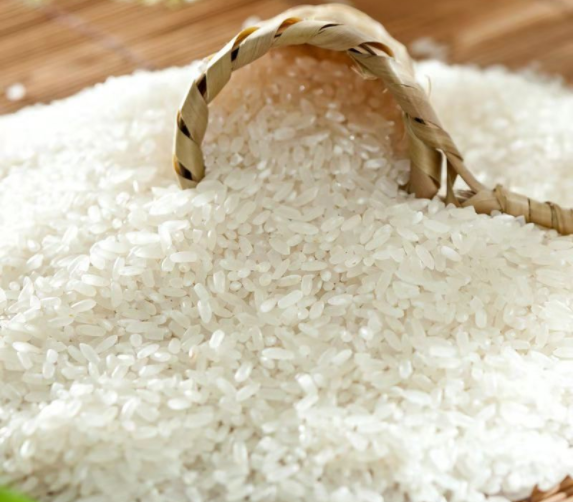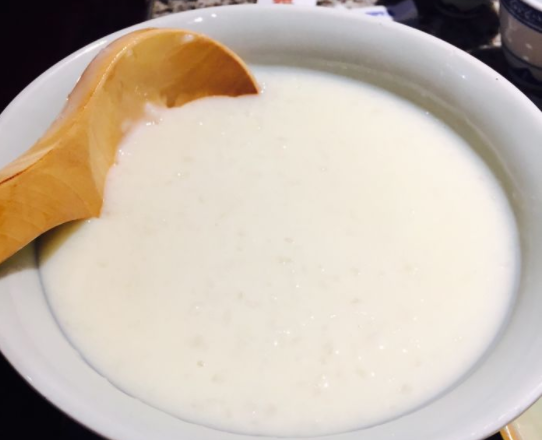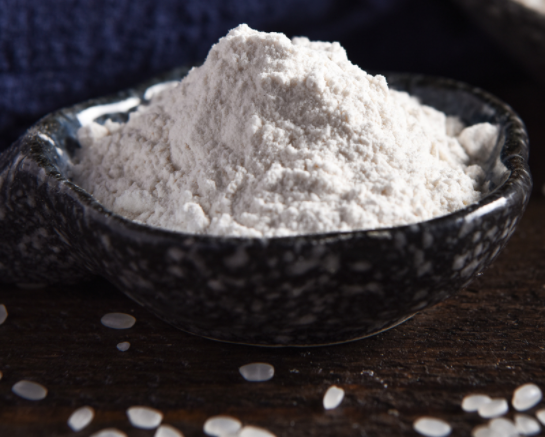Rice is one of the main food grains with rich nutrients. After the rice hulls are hulled off, the rice is brown rice, and the brown rice is further milled to remove the peel.

Seed coat, aleurone layer and embryo become polished white rice. Although polished white rice tastes good and is easy to digest, its nutritional value is inferior to brown rice. The higher the precision of rice, the greater the nutritional loss. Moreover, the nutrients of processed rice will continue to be lost during the storage, washing and cooking process; while brown rice with only the husk peeled off has better nutrient content, which can meet people's basic health needs. In the United States, brown rice is known as "brown rice." Brown rice edible has become a wave in developed countries. In order to make full use of the easy digestibility of rice and the high nutritional value of brown rice,
We have developed a rice milk drink with health benefits.

1. process flow:
rice→baking→soaking→grinding→gelatinization→enzymetreatment→filtering→blending→filling and sealing→sterilization cooling→finished product
2. Key points of process operation:
2.1 Raw material pretreatment
uses high-quality rice and brown rice, respectively, without yellow grains, black grains and mildew. After carefully removing impurities, bake at 180°C until light-colored, and take it out to cool when it has a good fragrance.
When baking, pay attention to the temperature. If the temperature is too high, the color of brown rice will become brown or even scorched, which will make the rice milk darker and produce a lot of precipitation; if the temperature is too low, the color will be too light, the rice will not have enough aroma and produce a "fresh taste". While roasting, turn it over from time to time to make it evenly heated. Soak the roasted rice and brown rice in 60℃ water for 1 h or normal temperature (12 in summer).
h~18h, 18h~24h in winter), soak until the tissue softens. When soaking, the ratio of rice to water is 1:3, and the ratio of brown rice to water is 1:4.
2.2 Refining
Refining is to add the soaked rice and brown rice to an appropriate amount of water, and grind them into a rice slurry with a proper concentration and a proper thickness. Screening equipment can be connected under the refiner to ensure the thickness of the rice slurry, and at the same time to remove the chaff from the slurry. Adding water during the refining process can make the water and powder mix into a slurry that is easier to liquid out of the machine, and can also reduce the temperature of the refining machine.
When is refining, add 2 to 4 times the water of the raw material separately, and the water temperature is best to be the immersion temperature. The amount of water should be added. Too much makes the raw material liquid too thin, which is not conducive to the action of the raw material and the refiner, and affects the refining effect; too little, the raw material liquid is too viscous, the refining is difficult, the refining effect is poor, and the refiner consumes a lot.
2.3 Gelatinization
Starch granules swell in 60℃~80℃ aqueous solution,
splits to form a uniform paste solution, which is gelatinization. Gelatinized starch is easily digested by enzymes, which is beneficial to the body's absorption. Heat the refined rice syrup and brown rice syrup to 75 ℃ ~ 80 ℃ to make them paste. Adding water during gelatinization not only affects the quality of the finished product, but also affects the liquefaction process. If the amount of water is too small, the viscosity of the gelatinized liquid will be too high, and the enzyme and the substrate will not be in good contact during liquefaction. Experiments have determined that 6 times the amount of water for rice and 8 times the amount of water for brown rice is the best. The gelatinization process should be continuously stirred to prevent uneven gelatinization from causing local deterioration of the gelatinization liquid.
2.4 Liquefaction enzymatic hydrolysis
Add α-amylase to the rice milk and brown rice milk respectively, and liquefy them at 80℃~90℃ for 7 hours~11 hours. As the amount of enzyme increases, the liquefaction time will gradually decrease. Considering the cost of enzymes and the speed of liquefaction, it is determined that the amount of rice is 0.4%, and the amount of brown rice is 0.6%. Use iodine solution to check until colorless, heat to kill the enzyme to stop the enzymatic hydrolysis reaction.
2.5 filter
After the enzyme-treated rice slurry and brown rice slurry are cooled, the insoluble matter in the enzymatic hydrolysate is removed by sieving to obtain the enzymatic hydrolysate of rice and brown rice.
2.6 Allocation
Add creamer, fructose syrup, etc. to the filtered brown rice and rice mixture, and stir evenly until they are completely mixed. Impurities are further removed by fine filtration to ensure product quality.
2.7 filling and sealing
Heat the prepared slurry to 70℃~80℃, and hot fill to achieve the purpose of degassing. After degassing, the reduced air content can prevent and reduce fat oxidation, and it can also improve the sterilization effect. Filling quickly after heating , Too long will affect the quality of rice milk.
2.8 Sterilization and cooling
Use high-temperature sterilization at 121°C for 15 minutes. After cooling by back pressure, inspection and labeling are finished products.
3 Product quality
3.1 Sensory indicators
Color: Beige; Taste and smell: Pure sweetness, with strong scorched aroma of rice and brown rice, fine and uniform taste, refreshing and delicious; Organizational state: uniform texture, and good stability, no slurry layering, no precipitation, No other impurities appear; taste: smooth and delicious.
3.2 Physical and chemical indicators
soluble solids ≥18%; protein: 0.00%; sugar ≥10%; fat ≤0.60%.
3.3 Microbial indicators
Total number of bacteria ≤100/mL; Coliform ≤3/mL; Pathogenic bacteria: Not detectable.

4 Conclusion
In summary, in order to make full use of the characteristics of easy digestion of rice and high nutritional value of brown rice, this process uses brown rice and rice as raw materials, through processes such as grinding, gelatinization, enzymatic hydrolysis, filtration, and blending, to produce a delicate and pure taste. A health drink with uniform texture and no food coloring and preservatives. It provides a new way for deep processing of rice and brown rice and improving their economic value.
Copyright © Henan Zhongxing Grain And Oil Machinery Co.,Ltd. All Rights Reserved. Powered by MetInfo